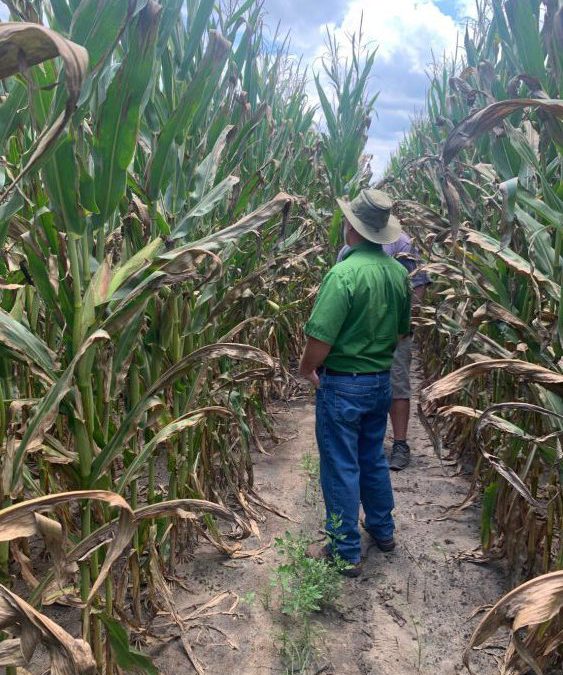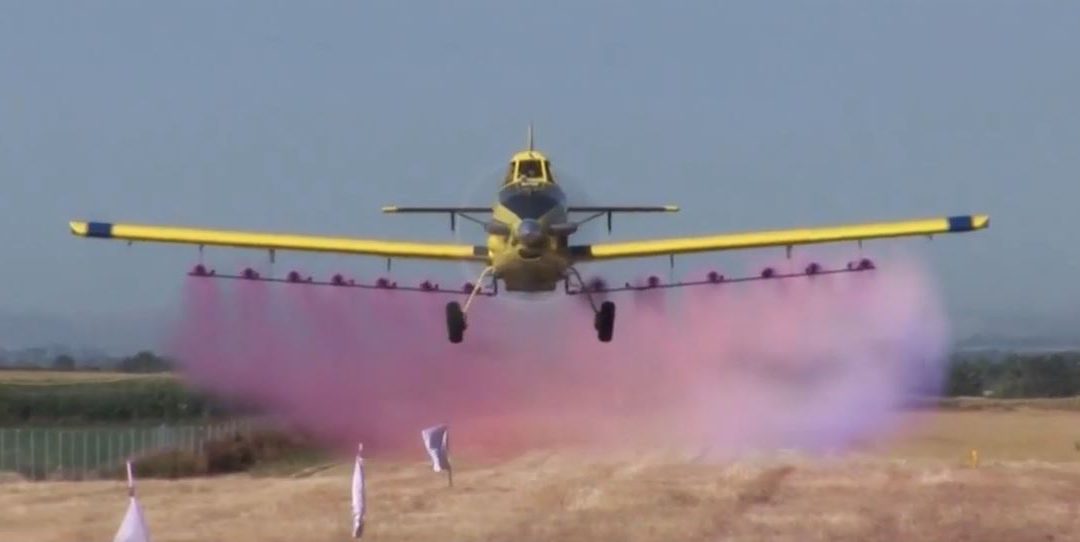
by Doug Mayo | Jul 17, 2020
This week’s featured video was featured on Farmweek, a weekly ag show produced by Mississippi State Extension. Just as in the military when there are times a quick air strike is needed to subdue an enemy, farmers sometimes need an immediate pesticide...
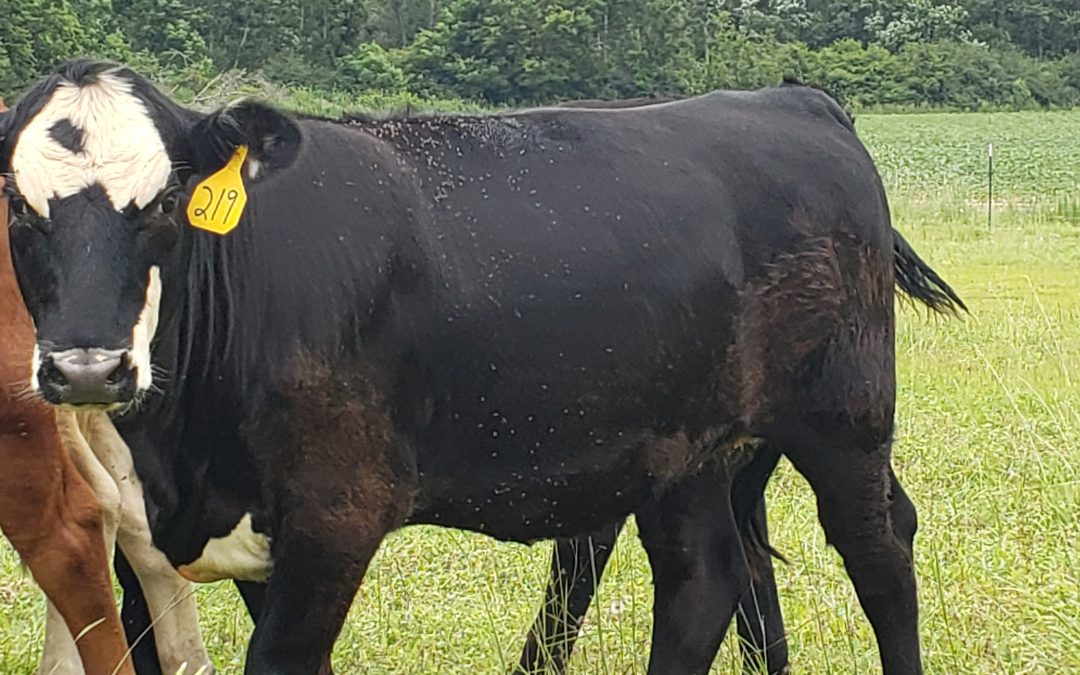
by Mark Mauldin | Jun 26, 2020
– Horn flies are among the most noticeable and serious pests that cattle must endure, particularly through the summer months. At least in part, because the pests are so visible (swarming the withers of a cow, sometimes by the thousands) most cattle producers are...
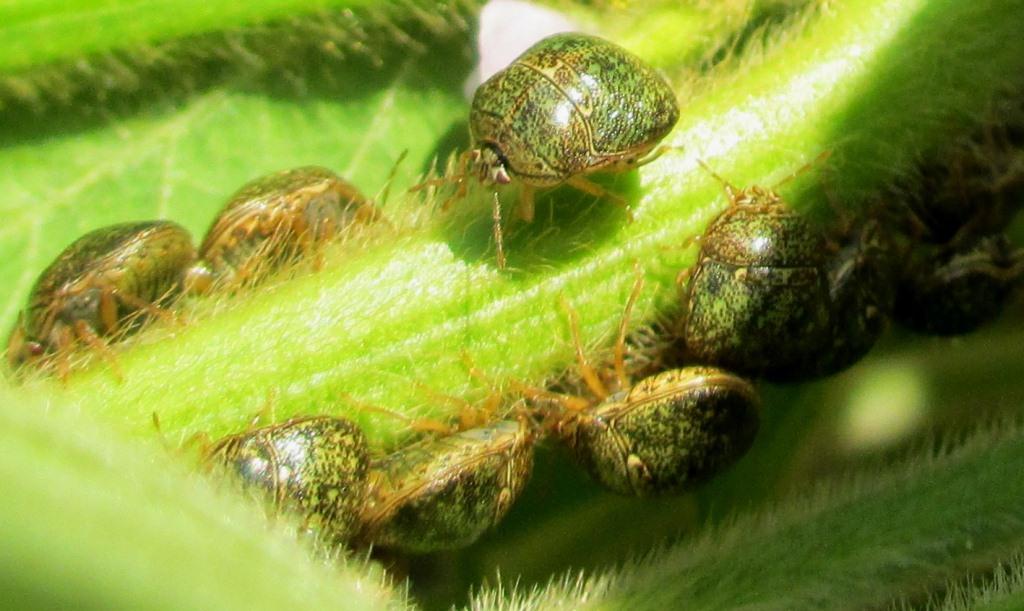
by Ethan Carter | Jun 26, 2020
Authored by Ethan Carter, Regional Crop IPM Agent and Danielle Sprague, Jefferson County Extension Agent It’s that time of year again, kudzu bugs (Megacopta cribraria) also referred to as globular stinkbugs, have recently been found in extremely high populations...
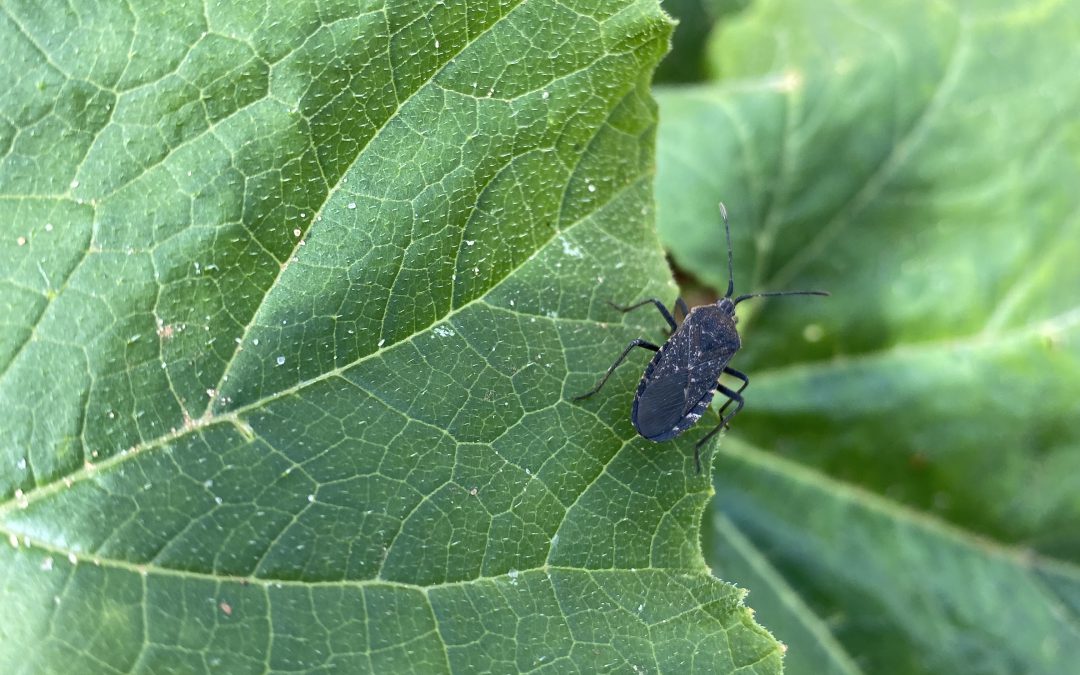
by Matt Lollar | Jun 19, 2020
Life Cycle The squash bug, Anasa tristis, is a common insect pest of squash and other cucurbits. Squash bugs have a six to eight week life cycle, and can have up to three generations per year in Florida. They generally lay their eggs on the lower surface of leaves,...
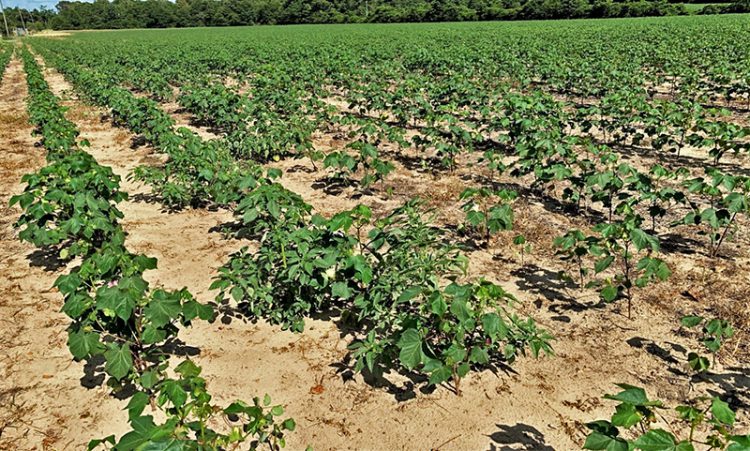
by Pratap Devkota | Jun 15, 2020
Pratap Devkota, UF/IFAS Weed Specialist, West Florida Research and Education Center On June 3, 2020 the Ninth Circuit Court of Appeals vacated the registration of Xtendimax, Engenia, and FeXapan herbicide labels. Since this recent development, the US EPA has issued a...


